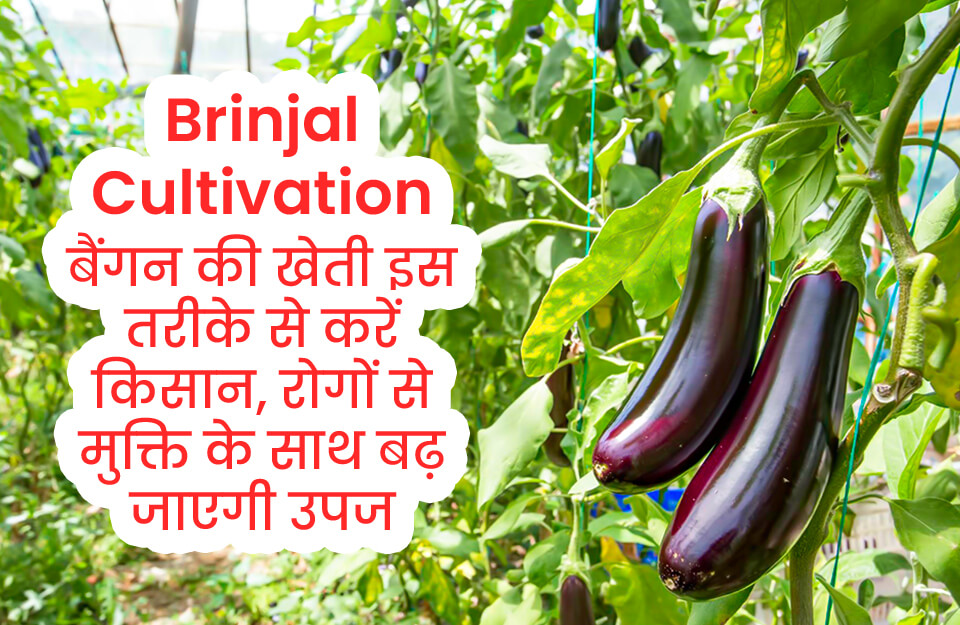
In the country, millions of farmers also engage in vegetable farming. Among these, one crop is eggplant. People consume eggplant as a vegetable, in bharta, or through other methods. Due to the high demand for eggplant, farmers benefit from cultivating it. This crop fetches good prices for farmers. However, it is necessary to cultivate eggplant in the right manner so that it remains free from diseases and yields are satisfactory. In this news piece, we will discuss these methods.
Eggplant cultivation is practiced throughout the year in the country and is grown in almost all regions. Different varieties of eggplants are cultivated based on the prevailing weather conditions. Farmers can plant 4-6 thousand eggplant seedlings per acre. It is important to note that eggplant plants grow very large, so leaving a good amount of space between two plants is necessary for them to develop properly. If space is provided between the plants, their growth will be better.
It is preferable to cultivate eggplants based on a 6x3 feet grid. A distance of 3 feet between two plants and 6 feet between two rows is maintained. This not only provides room for the plants to grow but also facilitates easier harvesting. Farmers should consider employing drip irrigation in eggplant cultivation to conserve water and ensure proper watering of the plants. Furthermore, it is essential to protect the eggplant crop from pests. Often, eggplant leaves remain small, leading to poor fruiting. These factors are significant in eggplant cultivation. Cultivating eggplants according to these guidelines will not only result in healthy growth but also facilitate better yield and quality.
This disease in eggplants is known as leaf blight. Symptoms include small leaves and clusters appearing on the stems. Infected plants resemble stunted bushes and fail to produce fruit. To safeguard the crop from this disease, infected plants should be uprooted and destroyed. As the disease spreads through spores, Fosfonidan 85 ES is used for prevention. Mix 0.5 ml of L or 1.0 ml of Dimethoate 30 EC per liter of water for spraying. Repeat this application every 15 days if necessary.